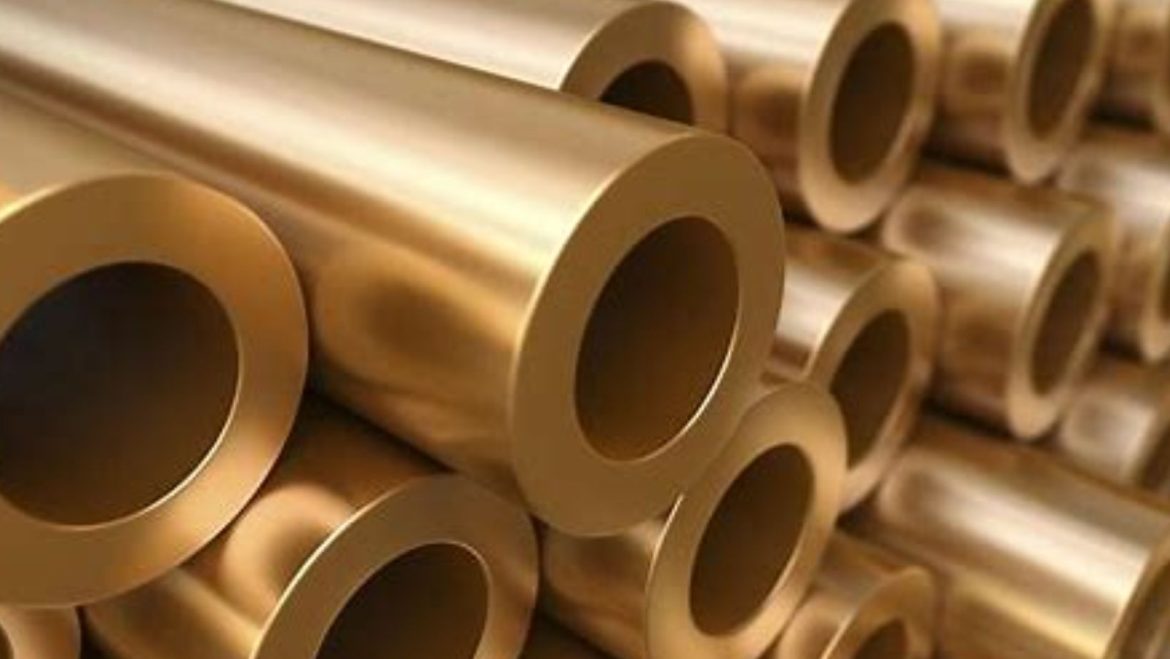A variety of materials is used in the CNC machining industries. However, the logic agrees that they are unequal in strength and malleability. Some common materials used with CNC machines are aluminum, brass, steel, bronze, etc.
Although the list continues, the following writing discusses the two most popular copper alloys, bronze and brass, and their differences. It covers everything from history to elemental composition and other characteristics. Read along to find the peculiarities between Bronze Vs Brass so you can pick the most suitable one for your next project.
Distinctions Between Brass and Bronze
The following dissimilarities will illustrate the best use case for each metal. However, you must keep the client’s specifications and preferences in mind.
The Origin
The most exciting part of knowing about metal is its origin. Bronze was discovered about 35,000 years ago when the Sumerian civilization entered the Bronze age. In comparison, brass is a recent discovery. The metal was first observed in 500 B.C. and was greatly admired for its strength and gold-like appearance.
Elemental Composition
The properties of a metal are heavily reliant on its elemental composition. Therefore, when picking a material for a metallurgical project, it is vital to know the chemical properties of the metals. Bronze mainly comprises tin and copper. In smaller concentrations, it also contains silicon, aluminum, zinc, and phosphorus. The reddish hue of the metal is due to the higher copper content in its composition.
On the other hand, brass has significant concentrations of zinc and copper. However, some proportions of aluminum, iron, lead, silicon, tin, and manganese are also present. Brass is widely used for construction and decoration purposes as well.
Thermal And Electrical Conductivity
The conductivity of the metal relies on the molecular space. The larger the distance between the atoms, the lesser the conductivity. Bronze has an electric conductivity of 15% compared to copper, while brass has 30%. Hence, brass makes a better choice for manufacturing thermal conducting components.
The heat conductivity of the materials also varies. Brass exhibits lesser thermal conductivity, while bronze has comparatively good thermal conductance. Although both metals are useable for conducting pieces, brass is more fit for making heat sinks.
Melting Points
The melting point is the temperature when the material changes its state (it starts turning from solid to liquid). In other contexts, it is the metal’s maximum endurance range.
Bronze has a melting point of 315 to 1080 degrees Celsius while brass has 809 to 1030 degrees Celsius. Hence, bronze serves better for making components that must endure a greater range of changing temperatures.
Malleability
The ductility of the metal is essential because it significantly affects the machining costs. Harder metals require more machining efforts as compared to softer ones. Bronze has more hardness than brass and therefore needs more manufacturing effort. In comparison, brass C360 is cultivated explicitly for CNC machining.
Yield Strength
Yield strength is the capacity of the metal to withstand pressure or external force without deforming. The SI unit for measuring yield strength is Psi. Bronze exhibits a yield strength of 10000 – 116000 psi, and brass has a yield strength of 5000 – 99100 psi.
The Bottom Line
Material selection is an integral part of CNC machining. Although the machines are intrinsically compatible with numerous materials, only some can fulfill your project’s specifications. If multiple materials fit the need, opt for the most optimal one in machining and finishing.
Brass and bronze are two famous copper alloys used for CNC machining. Both materials have certain dissimilarities. Brass is ideal for increased strength and corrosion resistance, while bronze is more cost-effective and has good dimensional precision.
